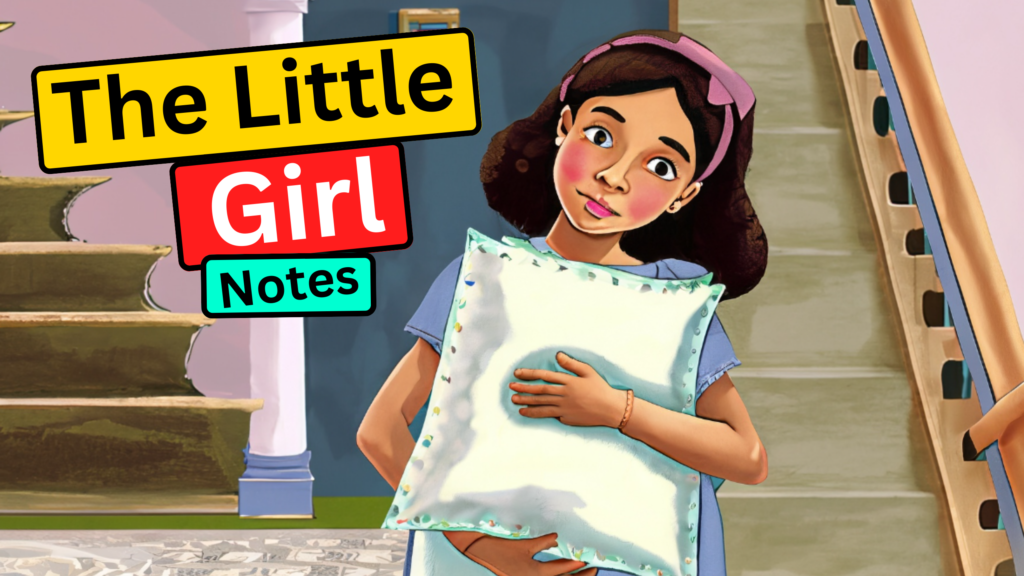Introduction
The poem “A Legend of the Northland” appears to contain a folktale (ballad) that is told in Northland from one generation to the next. After a day-long journey, Saint Peter once arrived at the location. He asked a woman who was baking cakes to give him one piece because he was starving. The woman, however, refused to give him even the tiniest and thinnest cake. As a result, the saint’s wrath turned her into a woodpecker, a bird that would have to work hard to find food, and cursed her. The woman was punished for her greed and selfishness through the narrative. The myth instructs us to avoid being ungrateful and to develop kindness and empathy.
Summary
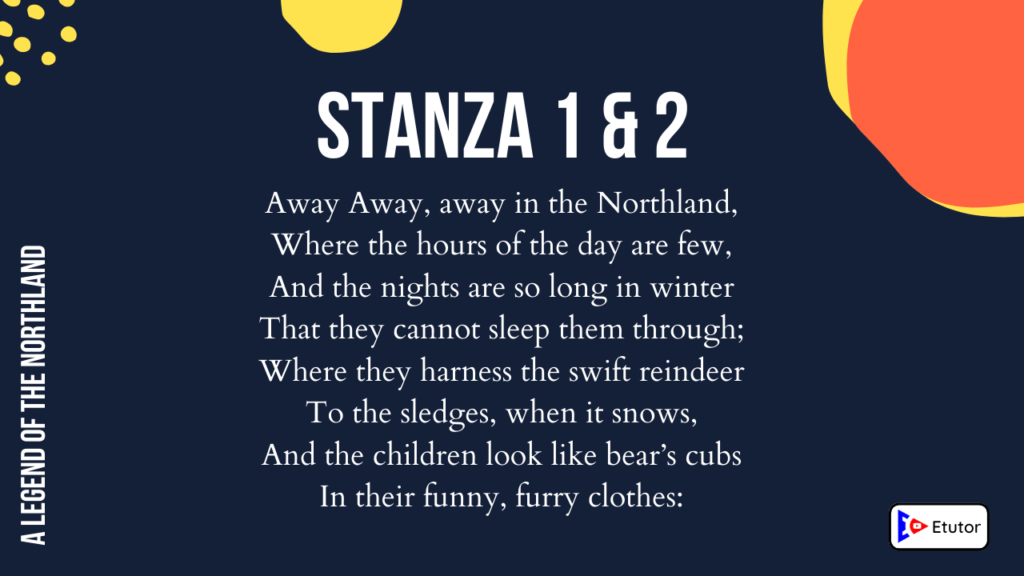
The poet provides a description of the location where the tale originated. The setting for the tale is the chilly Northland, where the wintertime days are brief and the nights are very long. The Northland’s residents are unable to sleep because of the extremely cold temperatures here at night. People in Northland tie their reindeer to sledges to travel when it snows there (reindeer pull the sledges). The kids look like bear cubs because of their warm, furry clothing

In the Northland, parents tell their kids a fascinating tale. Even though the poet does not believe the story to be true, he still tells it. The poet thinks it contains a crucial lesson that we all need to take away. The story then starts with the poet. When Saint Peter was once a human, he lived on Earth. He lectured about God all over the world.
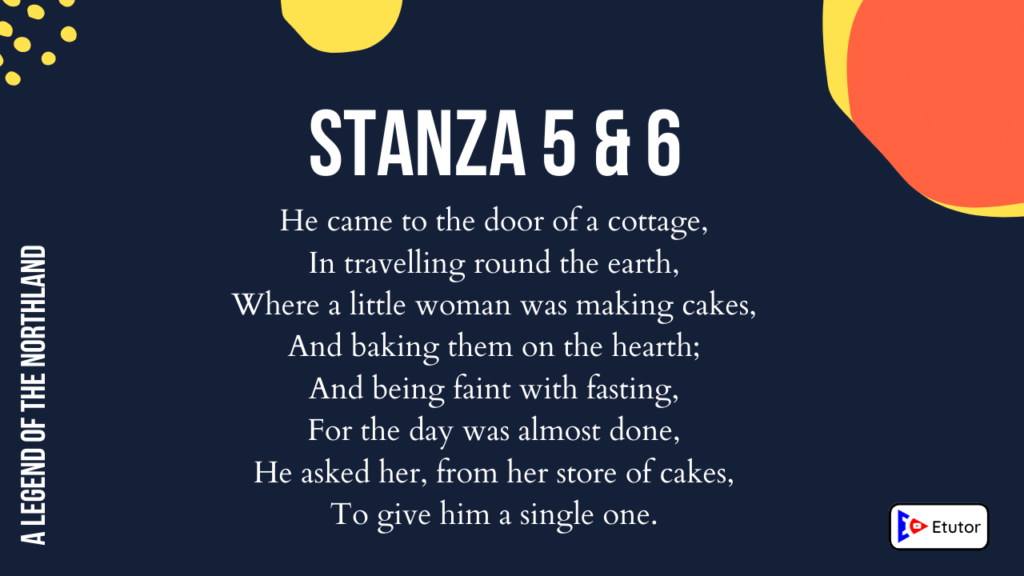
While circling the planet, Saint Peter stopped at a cottage door. A small woman was baking cakes in the cottage’s fireplace. On the fireplace, she was cooking them. After observing a daylong fast, Saint Peter felt weak and hungry. The day was nearly done. So, Saint Peter requested that she give him a cake from her collection.
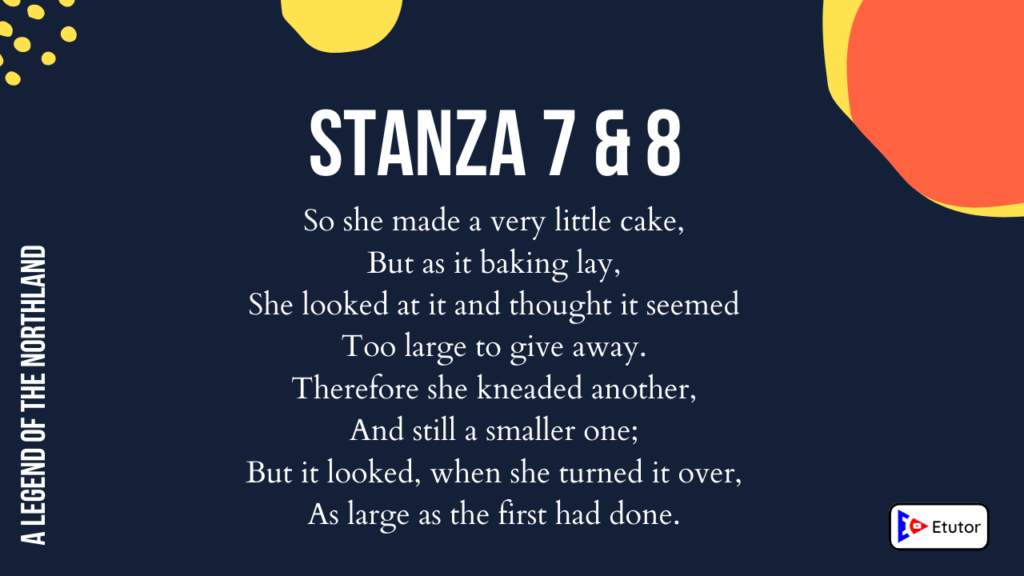
The woman then began to prepare a small cake for Saint Peter. But she hesitated because she thought it was too big to give to him. When the woman went to make a second small cake, it appeared to be the same size as the first one when she turned it over.
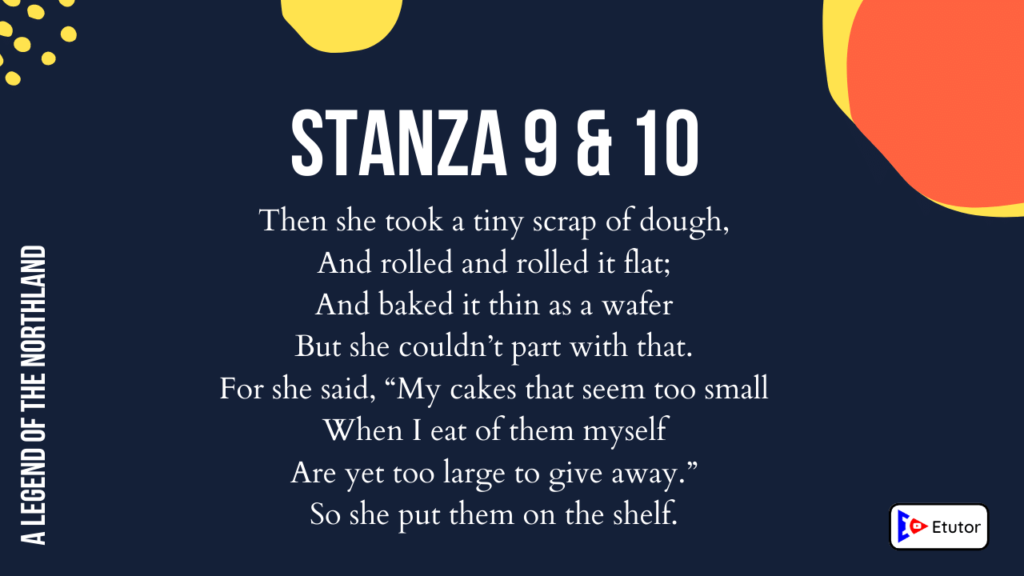
After that, the woman rolled a small piece of dough as thin as she could. Even though the cake she made from it was as thin as a wafer, she was unable to give it to Saint Peter. She claimed that when she would eat her cakes, they would seem too small. But those cakes grew too big to be distributed for free. She did not give any cake to Saint Peter as a result and instead placed all the cakes on the shelf.

Saint Peter became enraged at the woman’s self-centered actions. He was starving and extremely ill. It is difficult for a forgiving and kind saint like Saint Peter to lose his temper, but the woman’s actions had succeeded in doing so. Saint Peter therefore informed her that she was very self-centered. She didn’t deserve to be a person and have a comfortable life with wholesome food to eat and a home with a fireplace to keep her warm.
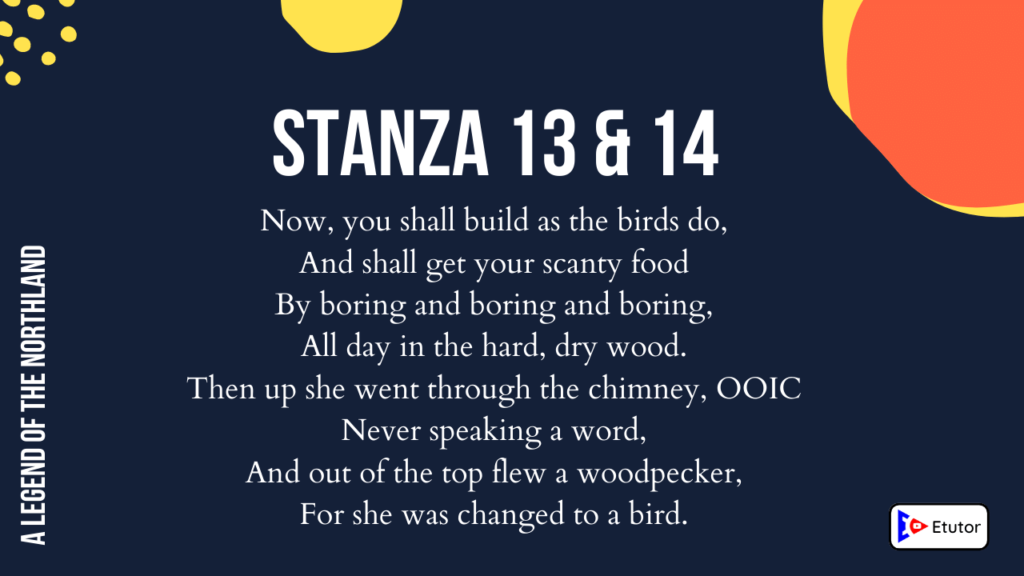
The woman received a curse from Saint Peter, which turned her into a bird. The woman might now need to forage for food on her own and construct her own nest like a bird. She has to drill holes in the hard, dry wood in order to obtain food. The women left her home through the chimney without saying anything as a result. She’s turned into a woodpecker at this point.

The little woman wore a red cap as a human. All of her clothes burned when she was transformed into a woodpecker; all that was left was her red cap. In other words, the woodpecker was mostly black, with a red head. The poet continues by claiming that ever since, every schoolboy has witnessed the woodpecker (the little woman) in the forest. She remains l



